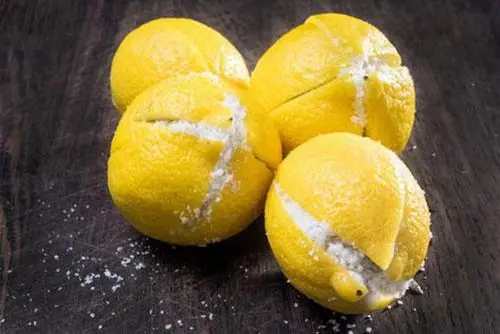
Mistakes that every home makes when boiling water
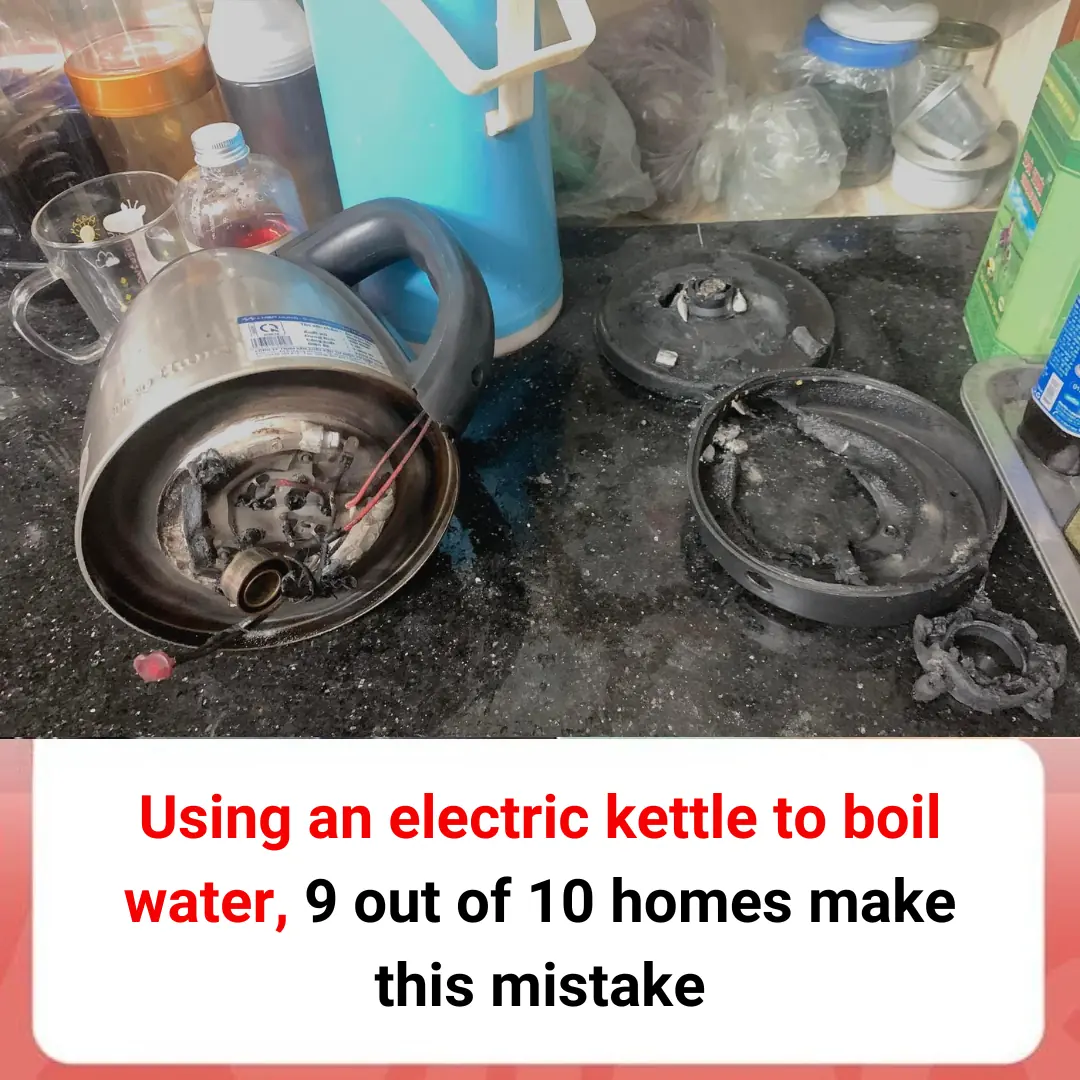
Using Electric Kettles to Boil Water: 9 Out of 10 Households Make These Mistakes - Fix Them Now
Using an electric kettle to boil water is incredibly convenient, yet many people make errors that shorten the appliance’s lifespan and can even harm human health. Many families rely on electric kettles for their convenience—simply fill with water, switch it on, and within minutes you have boiling water ready for use.
However, despite its simplicity, several common mistakes are made almost universally. Here are the five most common errors:
1. Buying Any Kind of Kettle
The main function of an electric kettle is to boil water. Many assume that any kettle will do, even a cheap one, as long as it can boil water. In reality, when purchasing a kettle, you should choose one made from stainless steel.
Stainless steel comes in various grades. For electric kettles, it is best to choose one made from 304-grade stainless steel. This type of steel resists corrosion and can withstand high temperatures, ensuring that the boiled water remains safe.
2. Overfilling the Kettle
Many people have the habit of filling the kettle to the brim, but this practice carries risks. When water reaches its boiling point, it may spill over, and excess water might seep into the base of the kettle, causing short circuits or damage.
Always check the maximum water level marked on the inside of the kettle and do not exceed it to ensure electrical safety in your home.
3. Turning on the Kettle Before Adding Water
Some people tend to switch on the kettle first and then add water using a separate container. This practice damages the kettle because, without water, the heating element can overheat.
Even if the dry boiling time is short, repeated occurrences can cause the kettle to burn or even trigger a short circuit or electrical fault. Always add water to the kettle first, then place it on its base, plug it in, and finally switch it on.
Also, make sure to check that the base is dry before placing the kettle on it—any moisture might lead to a short circuit. After each use, always unplug the kettle.
4. Pouring Out All the Water After Boiling
After boiling water, we usually pour it into a water container for making tea or other uses. However, it’s best not to pour out all the water from the kettle. Leaving a small amount of water inside is recommended.
This is because right after the kettle turns off, the base remains hot. Pouring out all the water can cause the thermal fuse to dry out, which may affect the kettle’s lifespan. Each time you empty the kettle, leave a little water behind. Before the next use, discard this remaining water and clean the kettle to help extend its life.
5. Rarely Cleaning the Kettle
Regular cleaning of the kettle’s interior is essential. Over time, mineral deposits form a yellowish scale inside the kettle. Using a scaled-up kettle to boil water not only affects water quality but can also be harmful to your health.
To remove these deposits, pour white vinegar into the kettle and add about half a cup of water. Then, switch on the kettle and let the solution boil. Once the water has boiled, let it sit for about 10 minutes before pouring it out. You will notice that the scale at the bottom has diminished significantly. Next, wipe the interior with a cloth to completely remove the deposits.
White vinegar works effectively because the deposits are alkaline, and the acid in the vinegar neutralizes the alkalinity, dissolving the scale.
By avoiding these mistakes, you can protect your electric kettle, ensure better water quality, and safeguard your household from potential hazards.
News in the same category

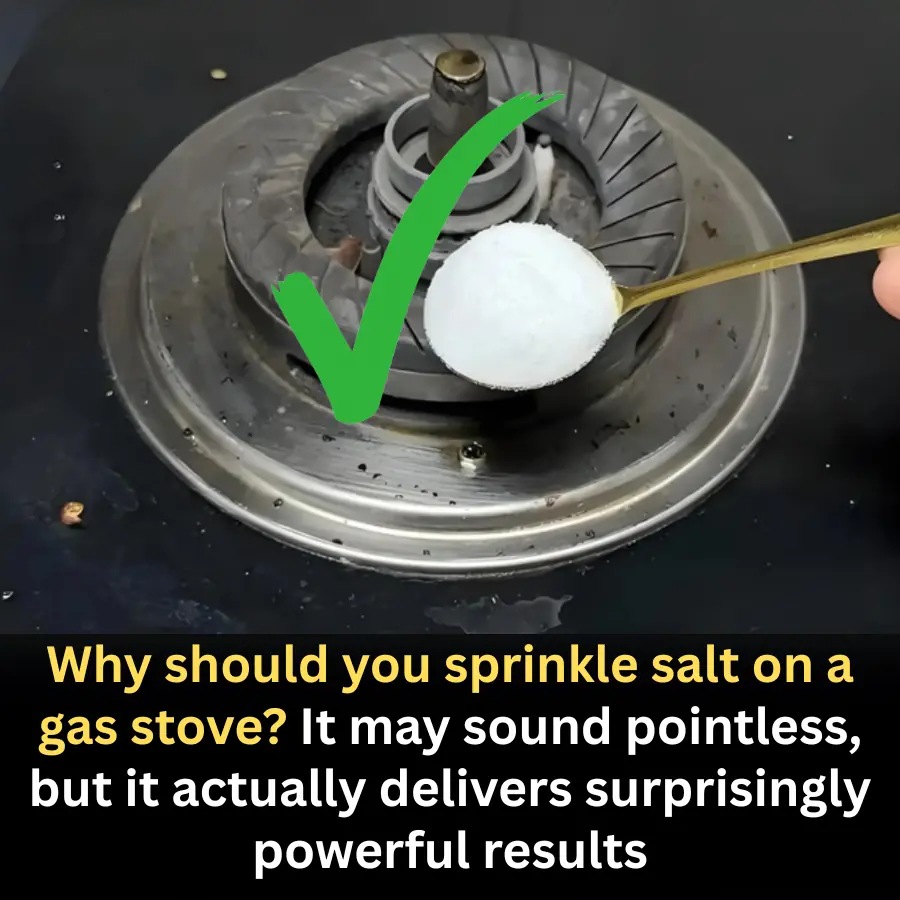
Why Sprinkling Salt on a Gas Stove Is a Smart Household Trick
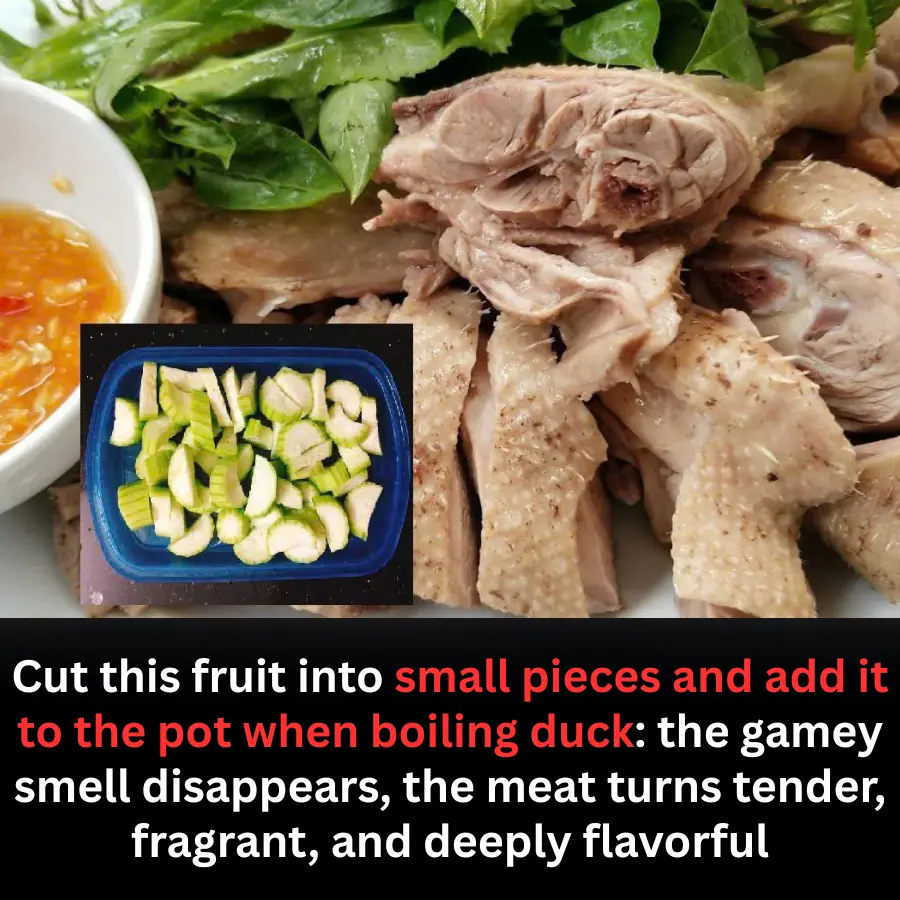
A Simple Kitchen Trick: Add This Fruit When Boiling Duck to Remove Odor and Boost Flavor

Never store your cooked rice without knowing this
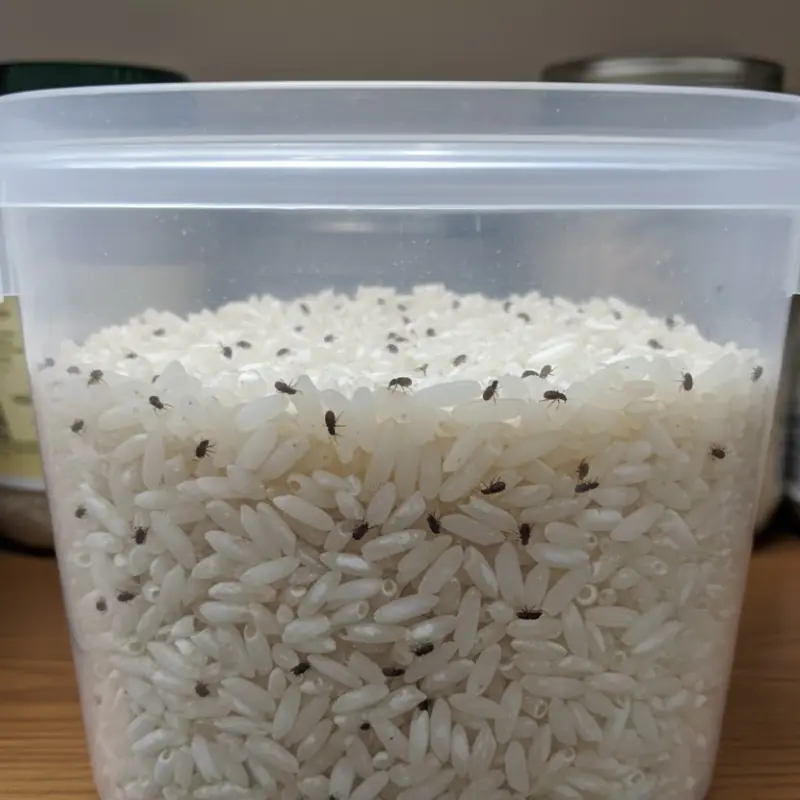
How to store rice to prevent insects and mold: Tips to keep rice fresh and flavorful

Why placing a roll of toilet paper in the fridge can effectively remove odors?

6 plants that snakes are strongly attracted to, and 3 that naturally keep them away
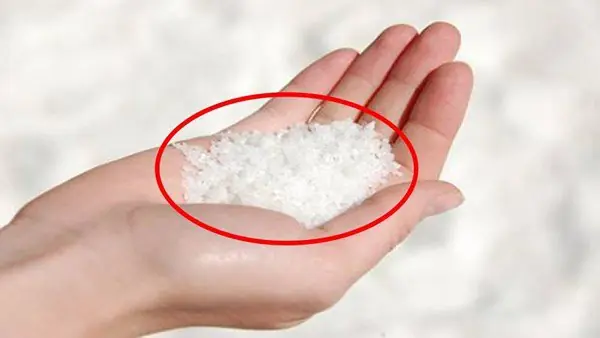
Sprinkling salt in door cracks: A simple habit with surprising meaning and practical benefits
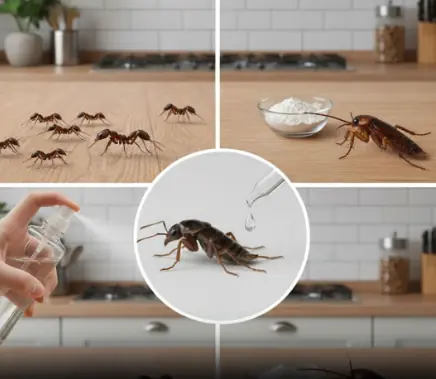
Goodbye fleas, ants, and cockroaches with this home remedy

3 Easiest Ways to Get Rid of Mice in Your House
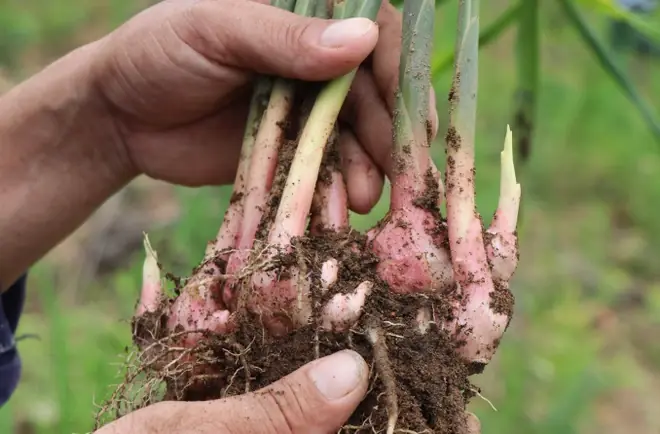
How to grow ginger at home easily and enjoy fresh ginger all year round

4 Types of Fish That Are Prone to Heavy Metal Contamination — Even Sellers Rarely Eat Them
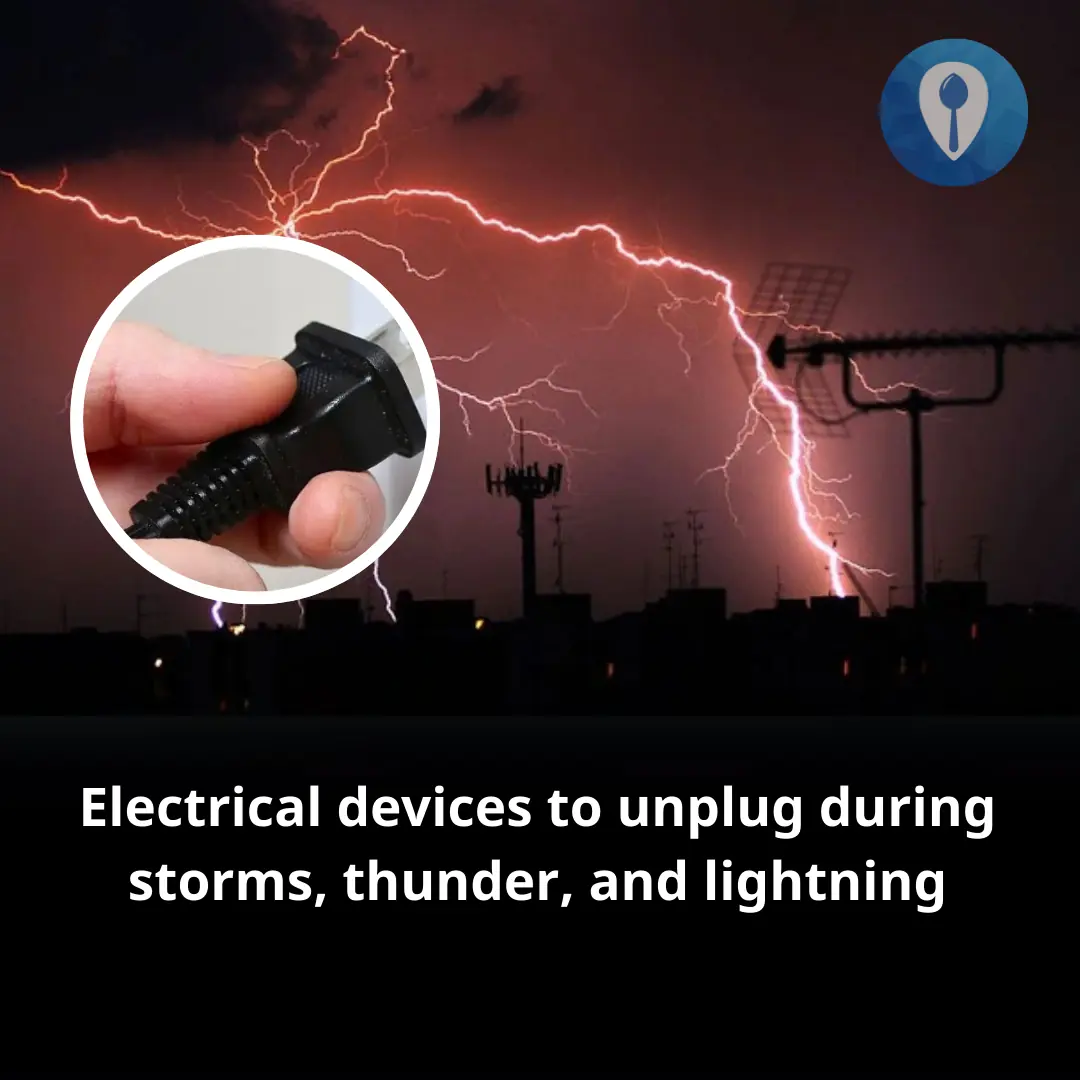
Electrical devices to unplug during storms, thunder, and lightning

The Military Sleep Technique That Can Help You Fall Asleep in 2 Minutes

Why shouldn't you set the air conditioner to 26°C at night?

9 out of 10 people store onions incorrectly: Here's why you shouldn't keep them in the fridge
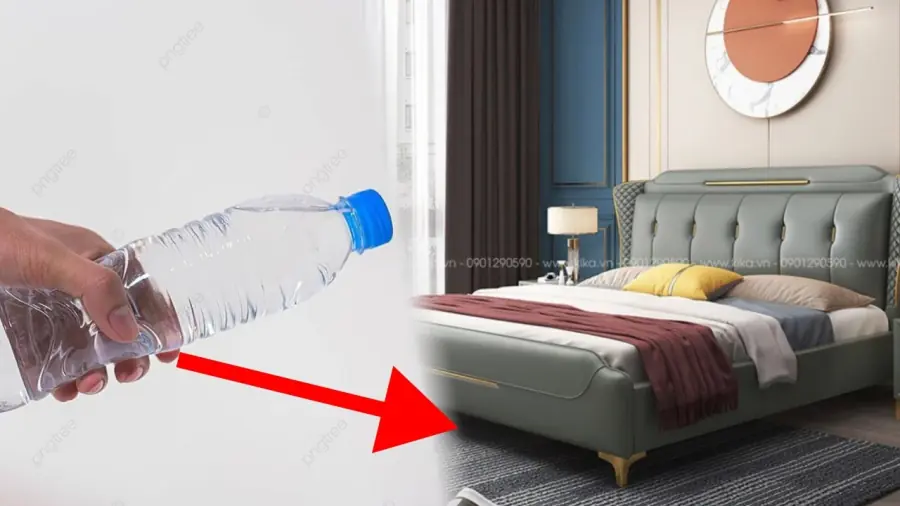
Smart travel tip: Why you should toss a water bottle under your hotel bed?
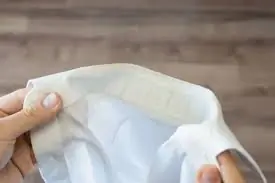
Don't throw away your yellowed white shirts - try this soaking method to make them bright and as good as new
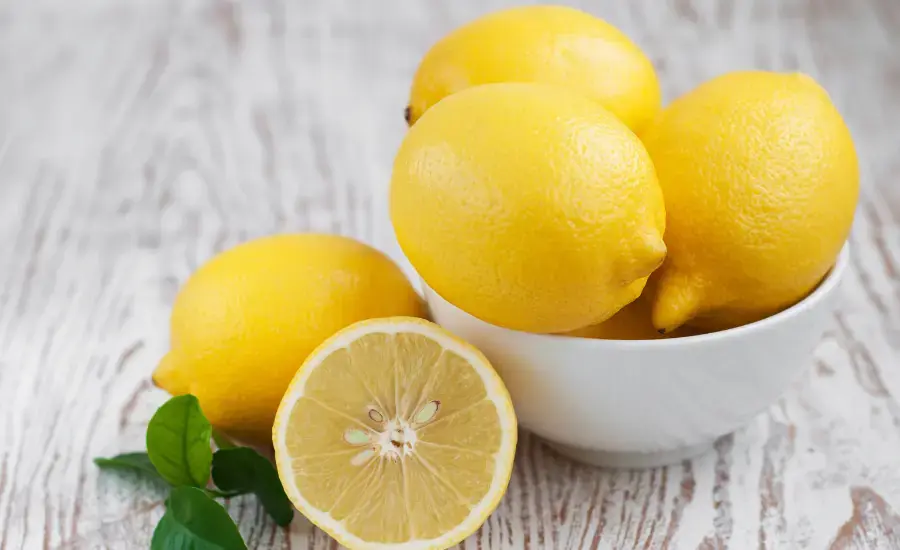
Easy lemon storage hacks that keep them fresh for a long time
News Post

Drinking Water This Way Can Dam.age Your Kid.neys and Harm Your Li.ver — Many People Still Think It’s Good
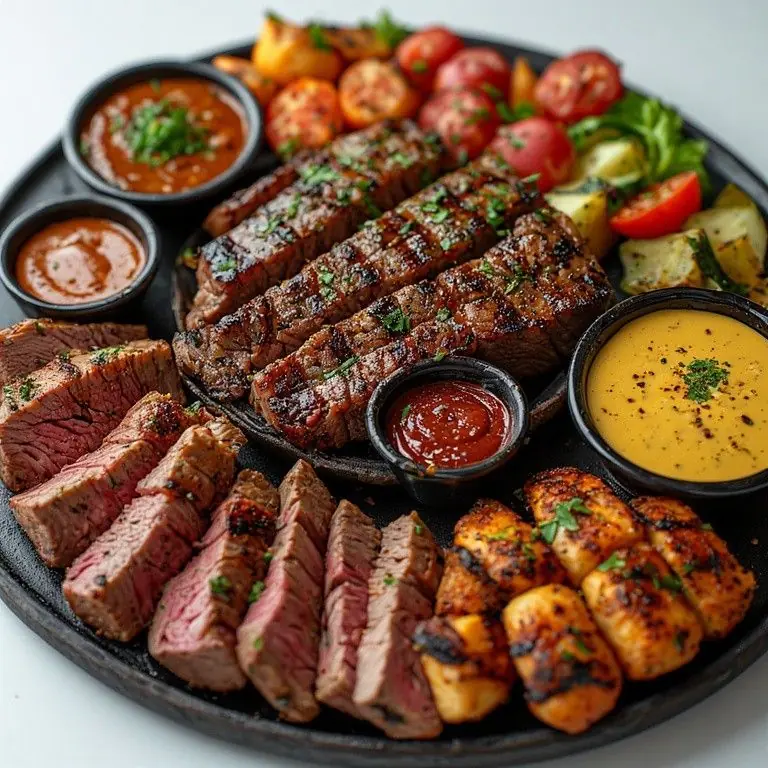
Mixed Grilled Steak Platter with Sauces
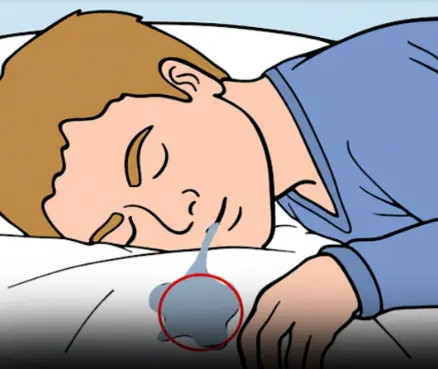
If you drool while sleeping often, check for these 6 diseases

One Month Before A Heart Attack, Your Body Will Warn You Of These 7 Signs

5 foods you should never keep overnight

The Vegetable That Helps Reduce Sugar in The Body. It is Diabetes’ Strong Opponent

The World Is Buzzing About a Vegetable Said to Fight Can.cer Better Than Drugs

All The Things You Need to Know About Nighttime Urination And When To Start Worrying

A Sore Throat Checkup Revealed End-Stage Sto.mach Can.cer: An Angry Man Threw Two “Culprits” From His Kitchen Into the Street

You Should Never Ignore These 9 Things Your Fingernails Reveal About Your Health

A 6-year-old boy diagnosed with late-stage canc3r, his father regrets after doctors reveal the cause linked to a popular type of beverage

A 40-Year-Old Man Died from a Sore Throat After 7 Rounds of Chemotherapy – Doctors Urgently Warn

Str.oke is not just an adult dis.ease: A wake-up call for parents after a 6-year-old b.oy’s case

When Nighttime Leg Cramps Become a Concern

The Power of Gyan Mudra: Benefits and How to Practice It

Little-known benefits of placing lemon with salt in the room

6 Nighttime Warning Signs That Reveal a High St.ro.ke Ri.sk After 40

36-Year-Old Teacher Passes Away from Diabetes Despite Not Liking Sweets — Doctor Says It's Due to 4 Favorite Foods
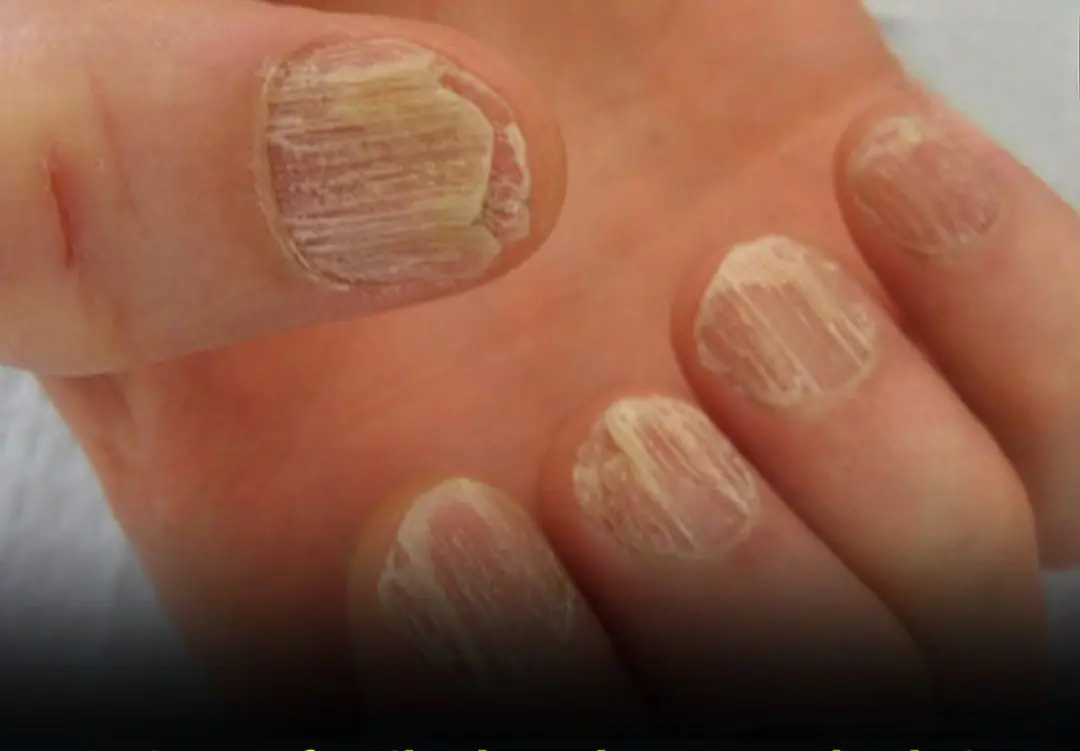
9 Alarming Nail Changes That Reveal Hidden Health Problems
